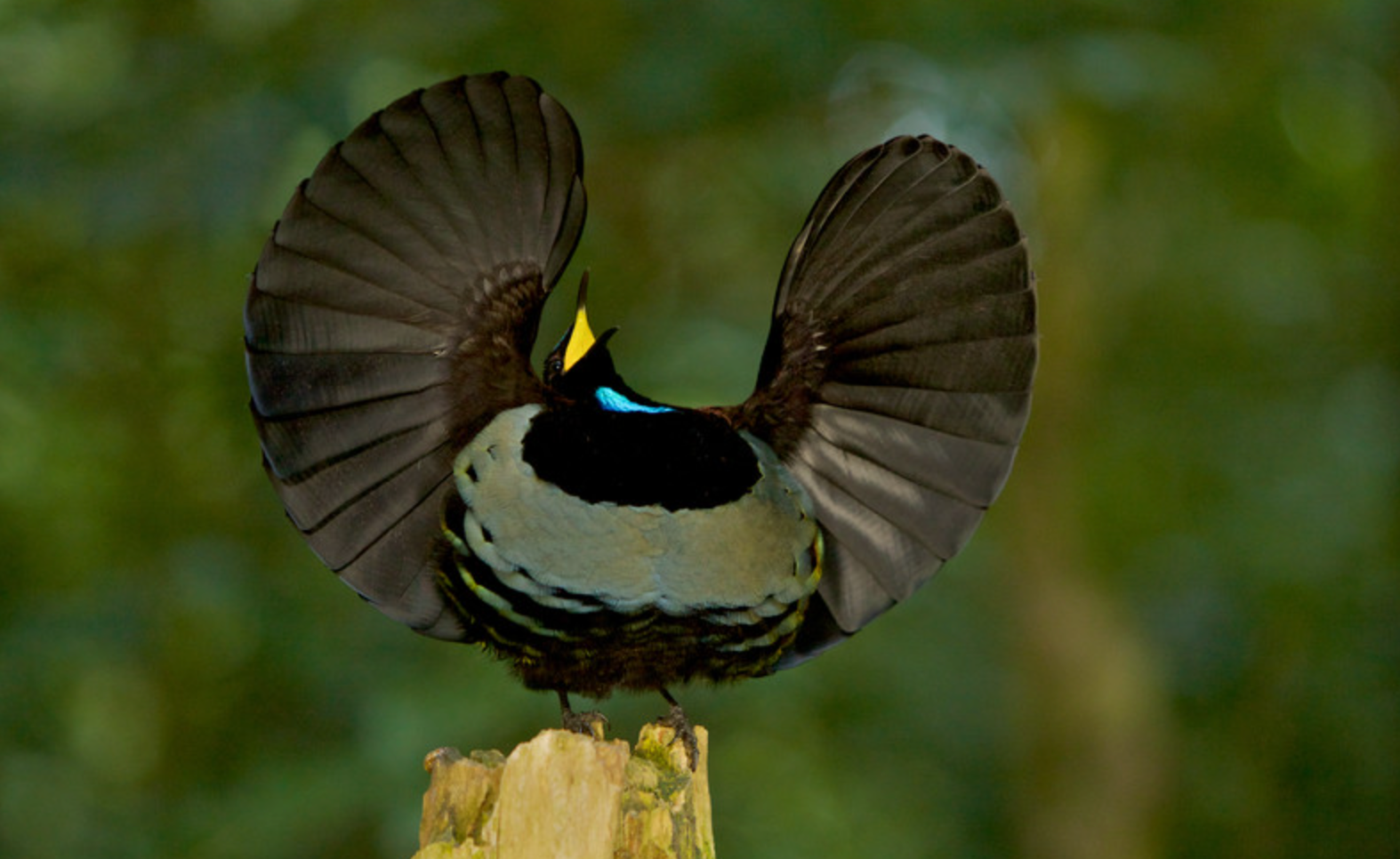Sexual selection research has been dominated by the notion that mate choice selects for the most vigorous displays that best reflect the quality of the courter. However, courtship displays are often temporally structured, containing different elements with varying degrees of intensity and conspicuousness. For example, highly intense movements are often coupled with more subtle components such as static postures or hiding displays. Here, we refer to such subtle display traits as ‘coy’, as they involve the withholding of information about maximal display capabilities. We examine the role of intensity variation within temporally dynamic displays, and discuss three hypotheses for the evolution of coy courtship behaviours. We first review the threat reduction hypothesis, which points to sexual coercion and sexual autonomy as important facets of sexual selection. We then suggest that variation in display magnitude exploits pre-existing perceptual biases for temporal contrast. Lastly, we propose that information withholding may leverage receivers’ predispositions for filling gaps in information—the ‘curiosity bias’. Overall, our goal is to draw attention to temporal variation in display magnitude, and to advocate possible scenarios for the evolution of courtship traits that regularly occur below performance maxima. Throughout, we highlight novel directions for empirical and theoretical investigations.
The paper “When less is more: coy display behaviours and the temporal dynamics of animal courtship” by Thomas MacGillavry, Giovanni Spezie and Leonida Fusani was published in Proceedings of the Royal Society B: Biological Sciences
